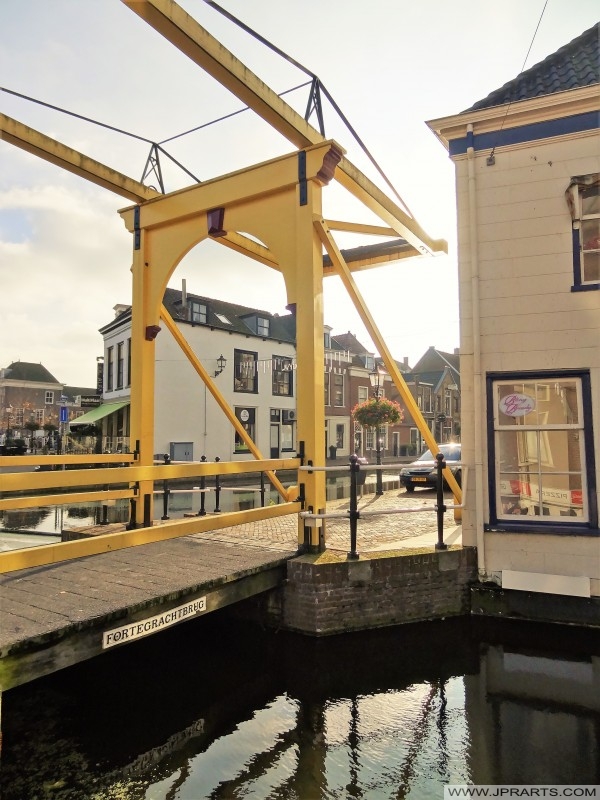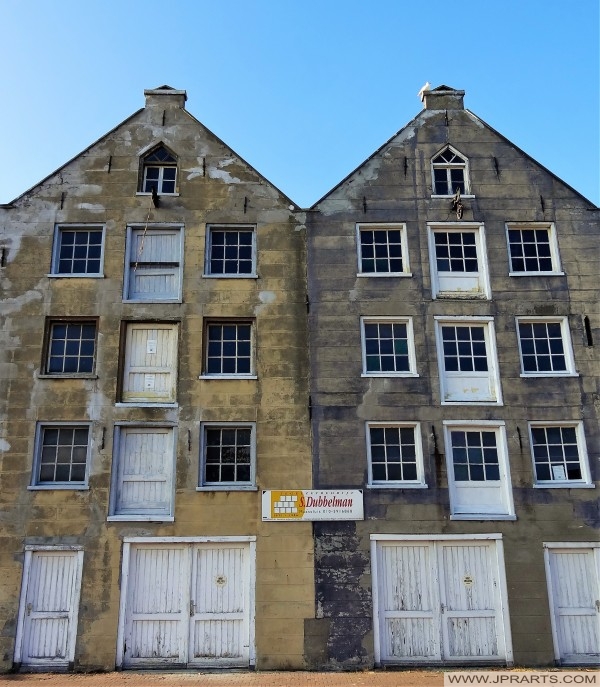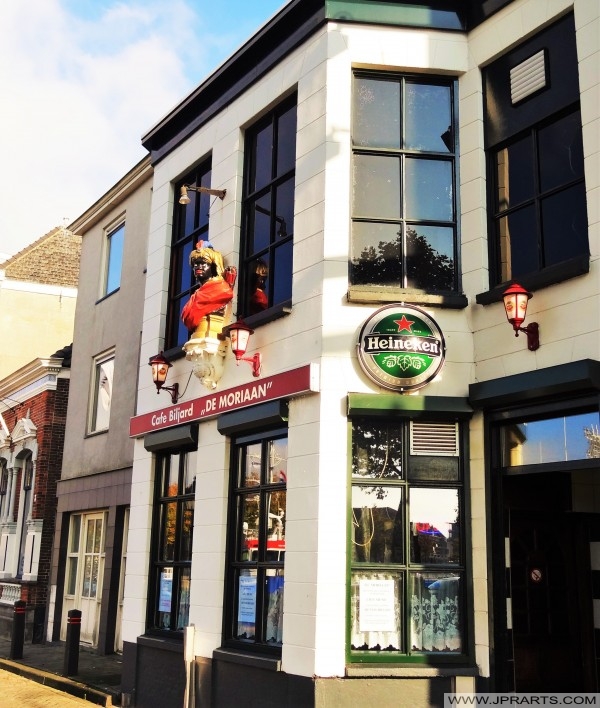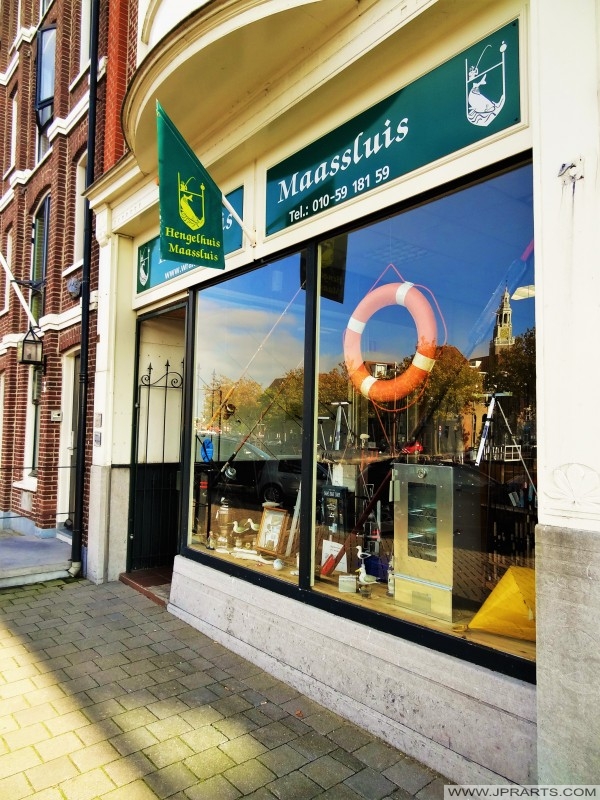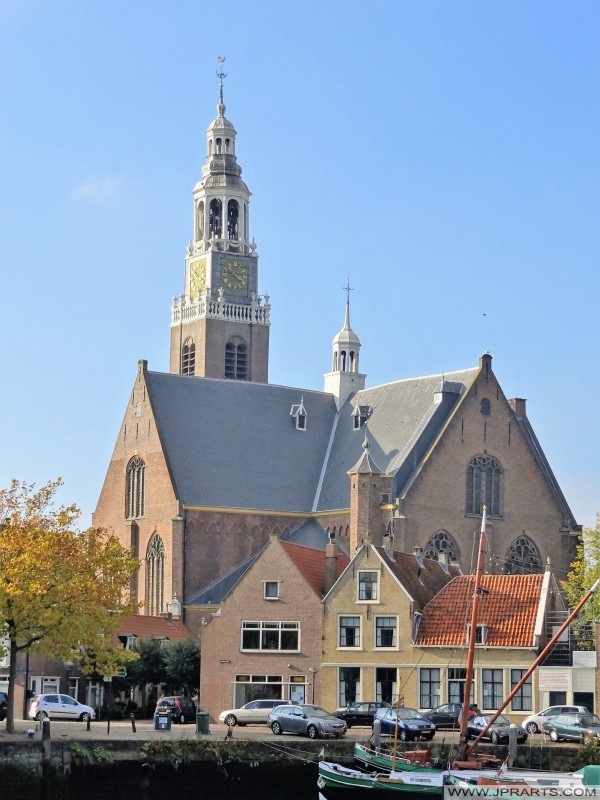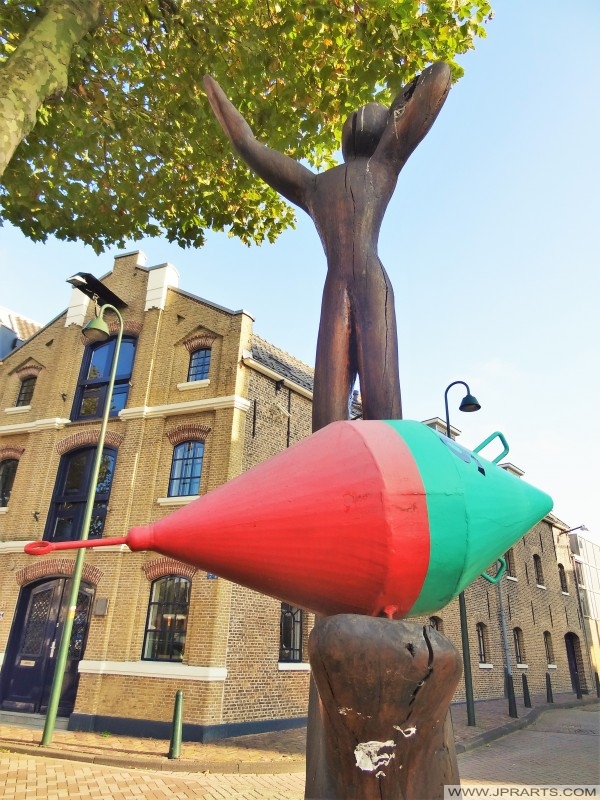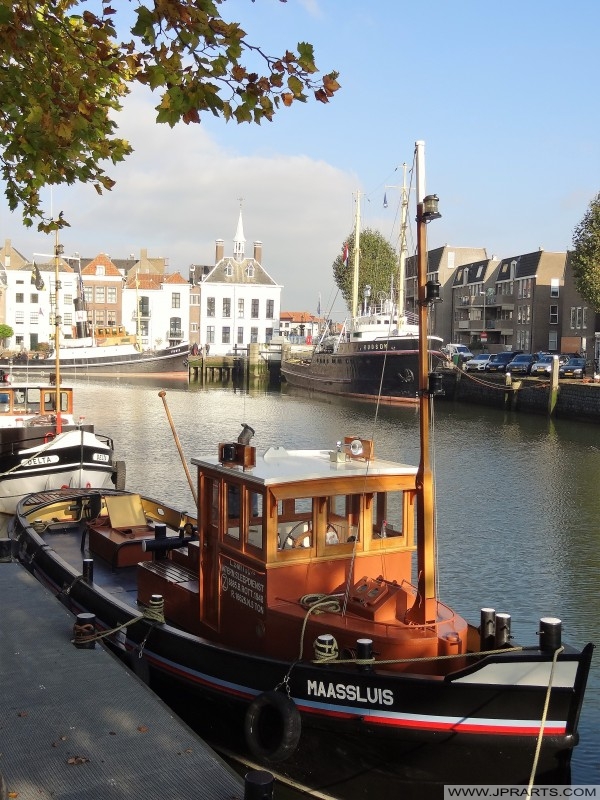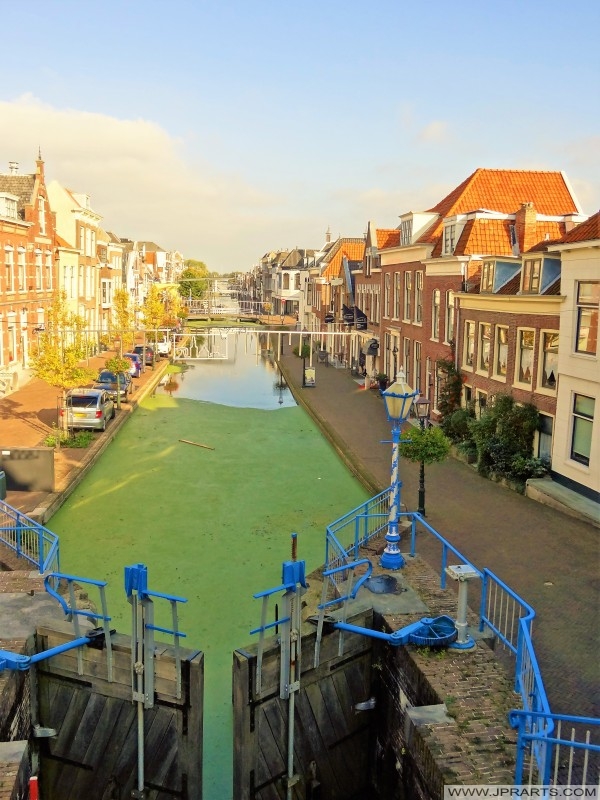Maassluis was founded circa 1340 as a settlement next to a lock (in Dutch: sluis) in the sea barrier between the North Sea and Rotterdam. Originally Maeslandsluys, it was part of Maesland. In 1489 the settlement was sacked. During the Eighty Years’ War, Philips of Marnix, lord of Sint-Aldegonde, started to build a defense wall but before its completion, the Spanish captured it in 1573 and Philips of Marnix was taken prisoner. A year later Maeslandsluys was looted by mutinous Spanish troops.

Maassluis, The Netherlands
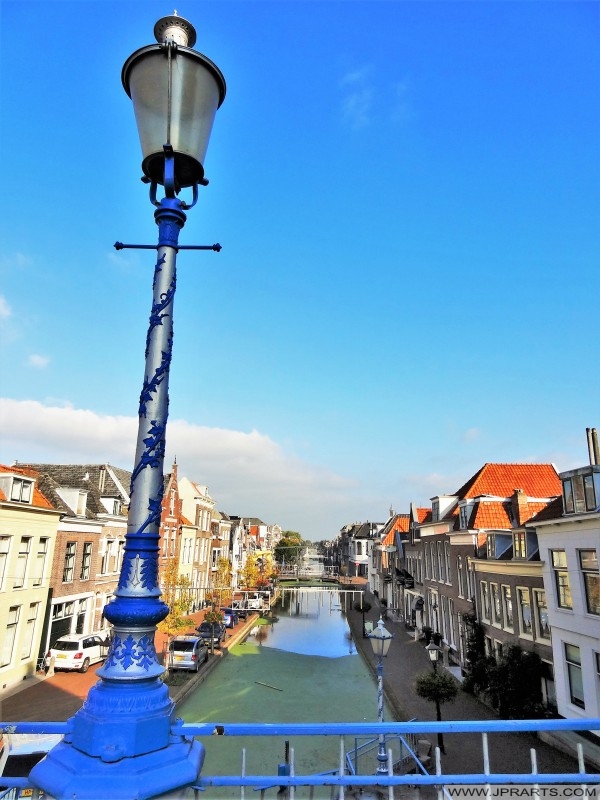
Maassluis, Niederlande
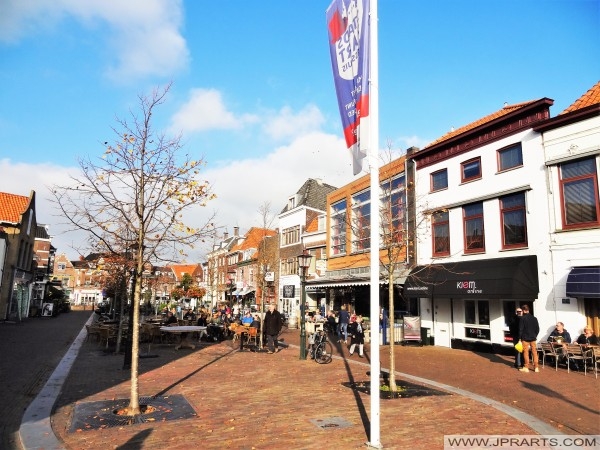
Maassluis, Países Bajos
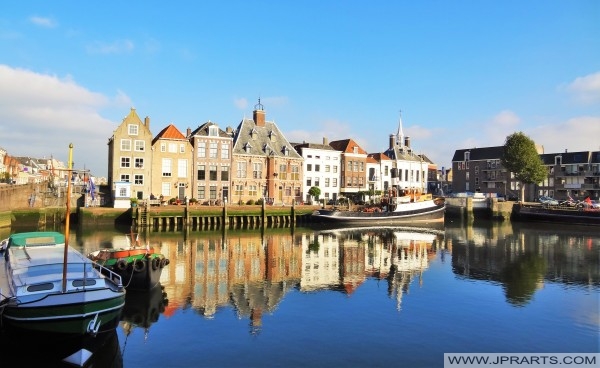
On 16 May 1614, Maeslandsluys was separated from Maesland by the counts of Holland and renamed Maassluis. This separation may have been religiously motivated: Maassluis was predominantly Protestant and Maasland Catholic. In 1624 the defense wall was demolished to make way for the Great Church, started in 1629. Construction stopped for five years because privateers from Dunkirk raided fishing boats from Maassluis, throwing their crew overboard. It was finished in 1639. On 4 December 1732, the Garrels Organ was inaugurated. Built from 1730 to 1732 by Rudolf Garrels, a pupil of Arp Schnitger, it was a gift by Govert van Wijn, ship-owner from Maassluis.
In 1811 Napoleon Bonaparte granted city rights. During World War II, the working population was transferred to Germany for the war industry. Maassluis’ ancient church was hit by allied bombers.
Maassluis, Pays-Bas
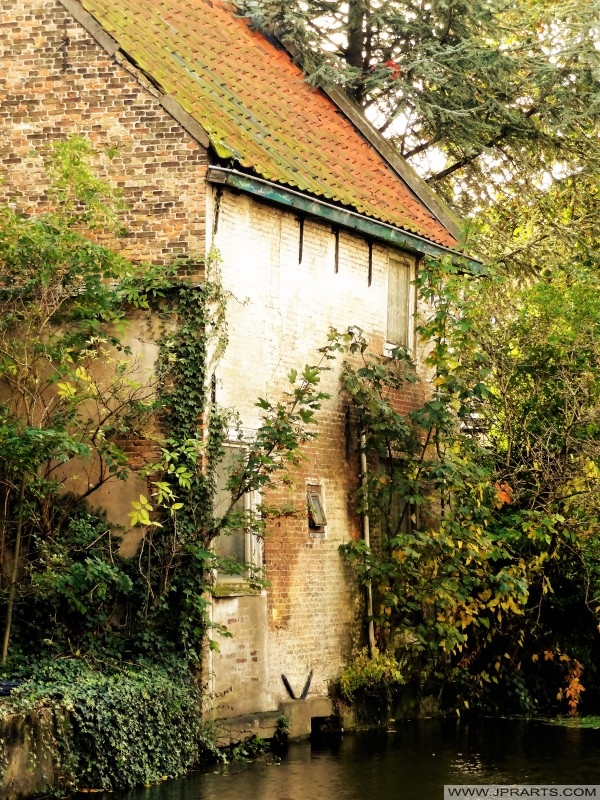
Масслёйс, Нидерландских
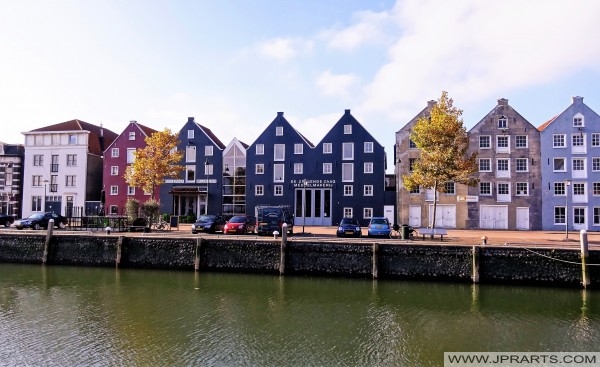
Maassluis, Holandia
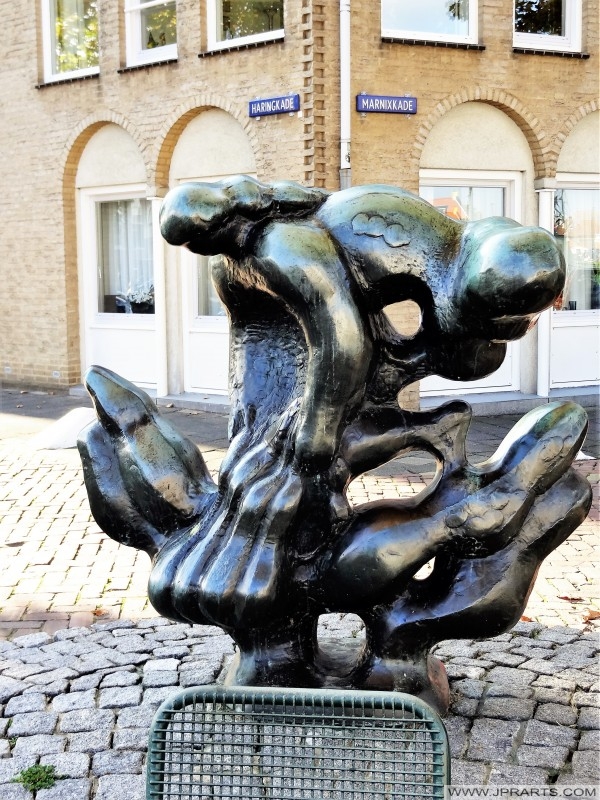
Maassluis, Países Baixos
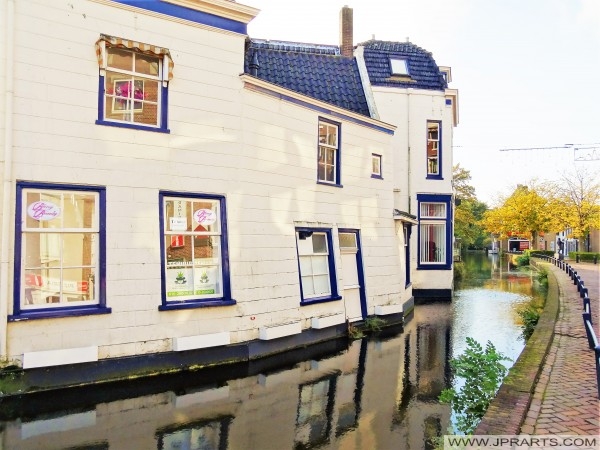
Maassluis, Hollandia
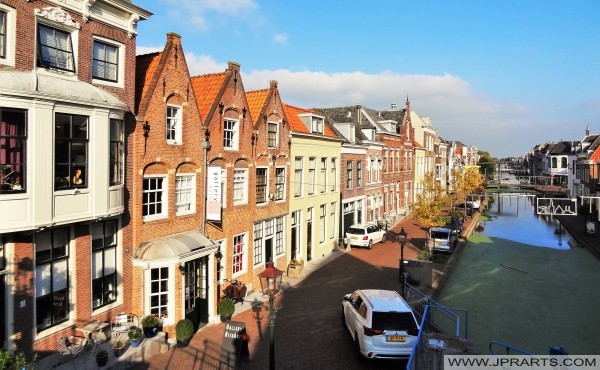
Maassluis, Paesi Bassi
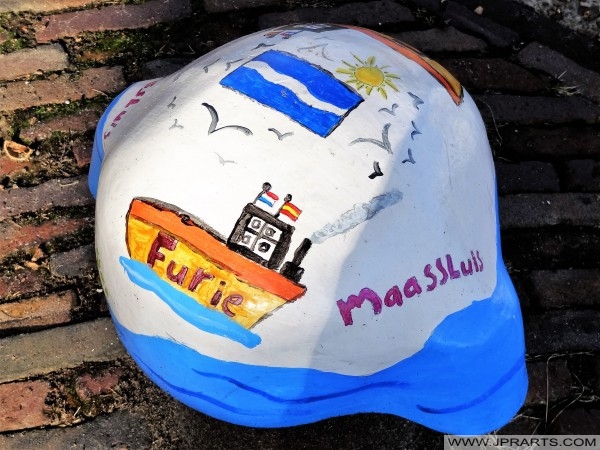
Maassluis, Nederland
Visit Travel The Netherlands to Book Flights and Hotels Cheap Online


